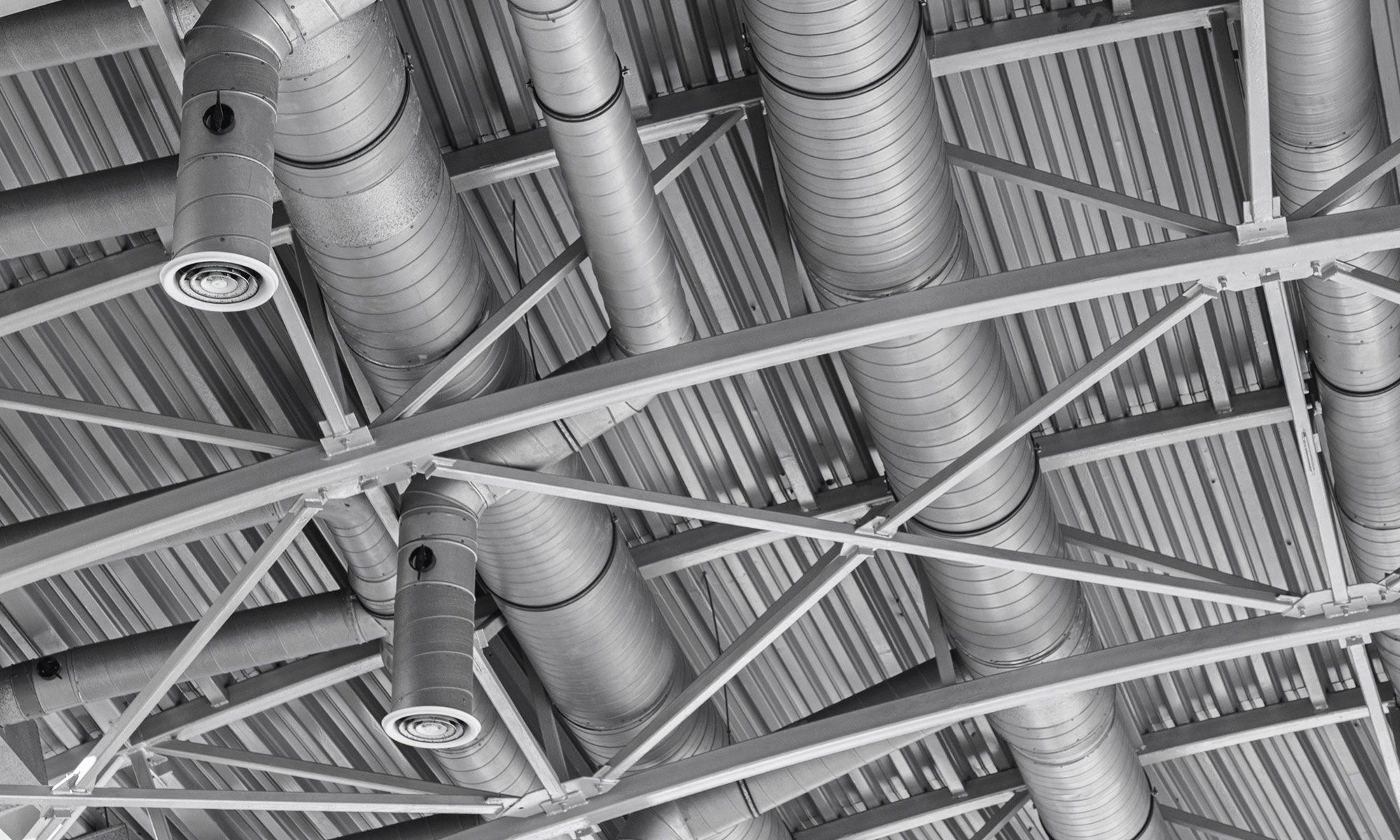Lessons Learned from Studying HVAC Systems During the Pandemic

Zachary Malison PE
Mechanical Engineer
As the country recovers from the COVID-19 pandemic, we can take a proactive approach to better evaluate short and long-term mechanical and ventilation system improvements school districts can take to ensure the health and well-being of students and faculty well into the future.
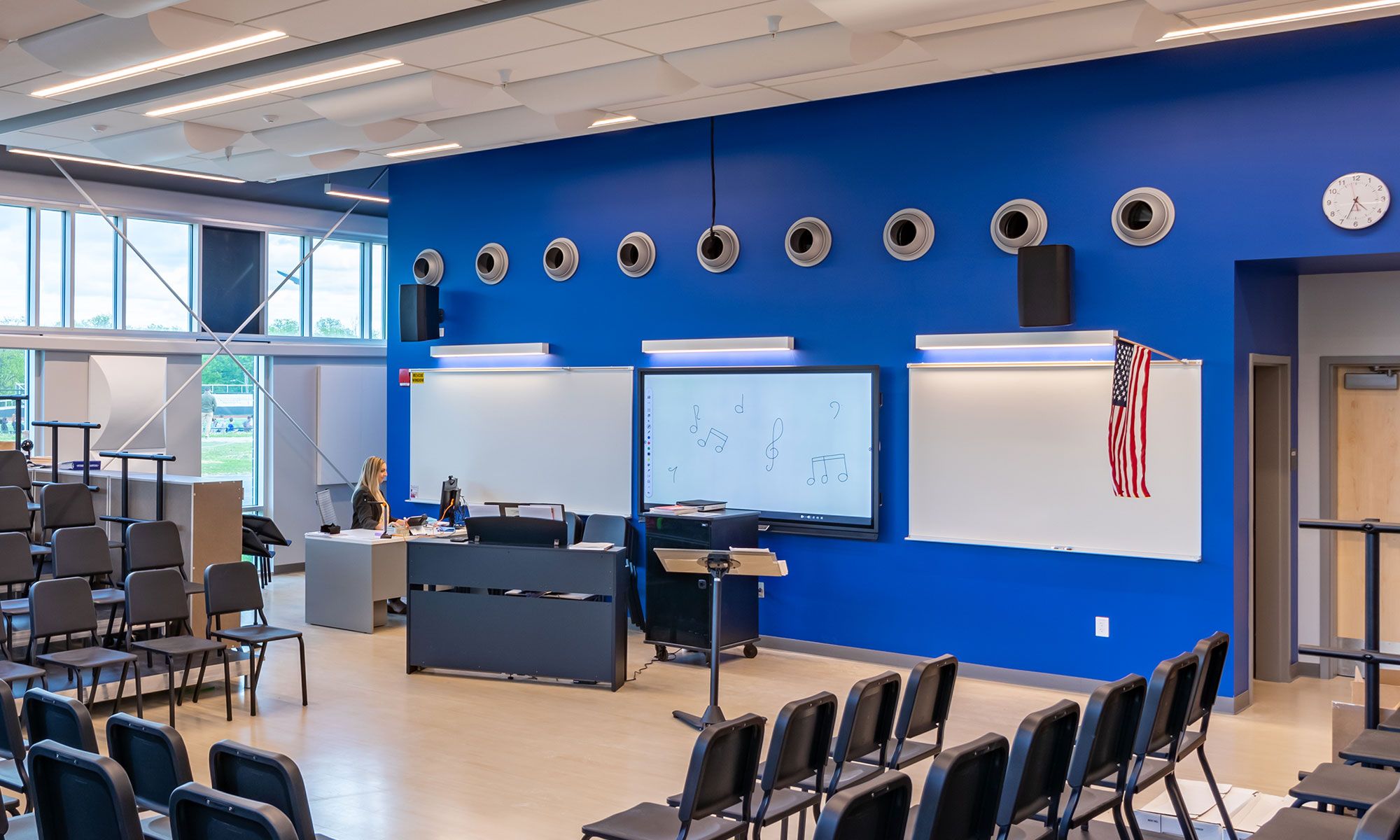
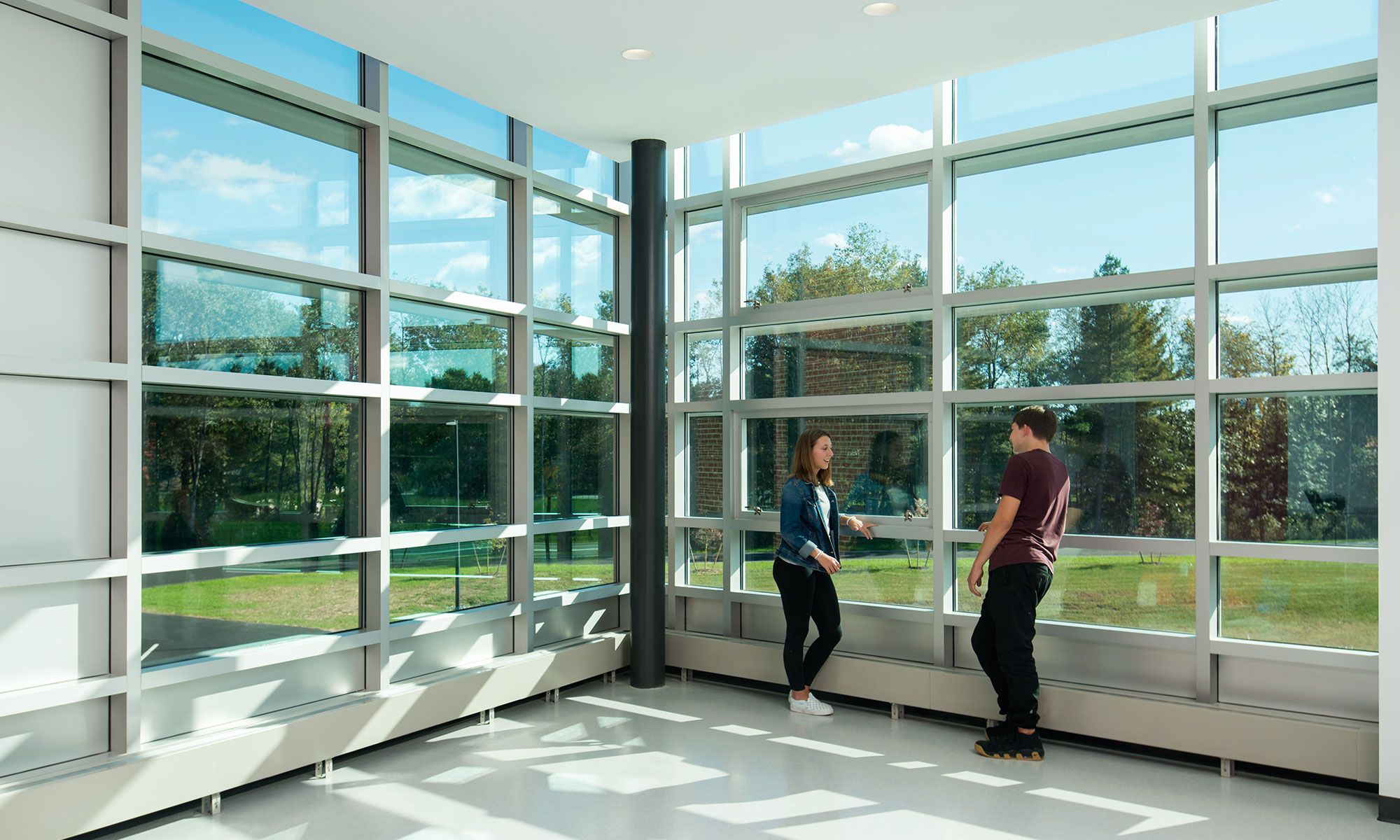
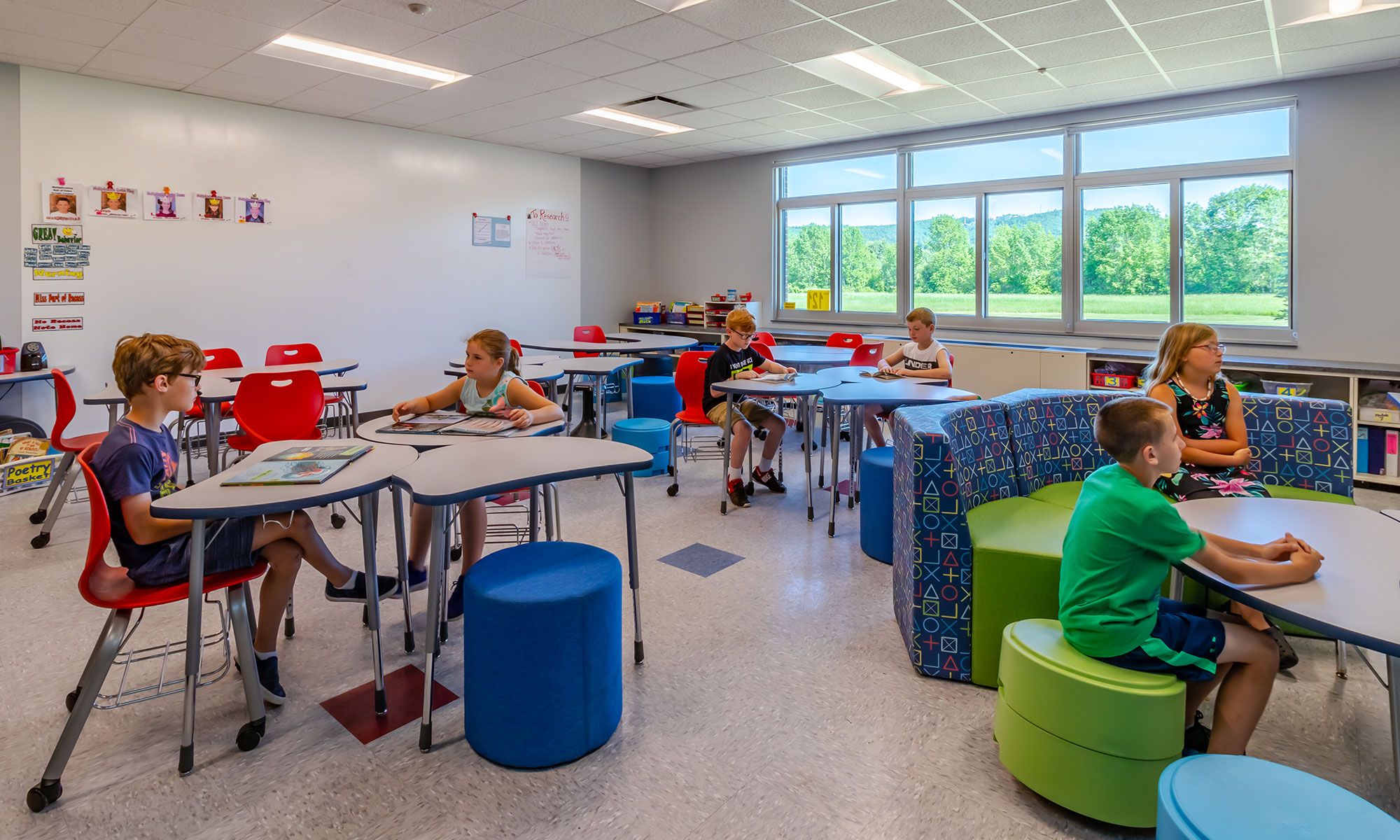
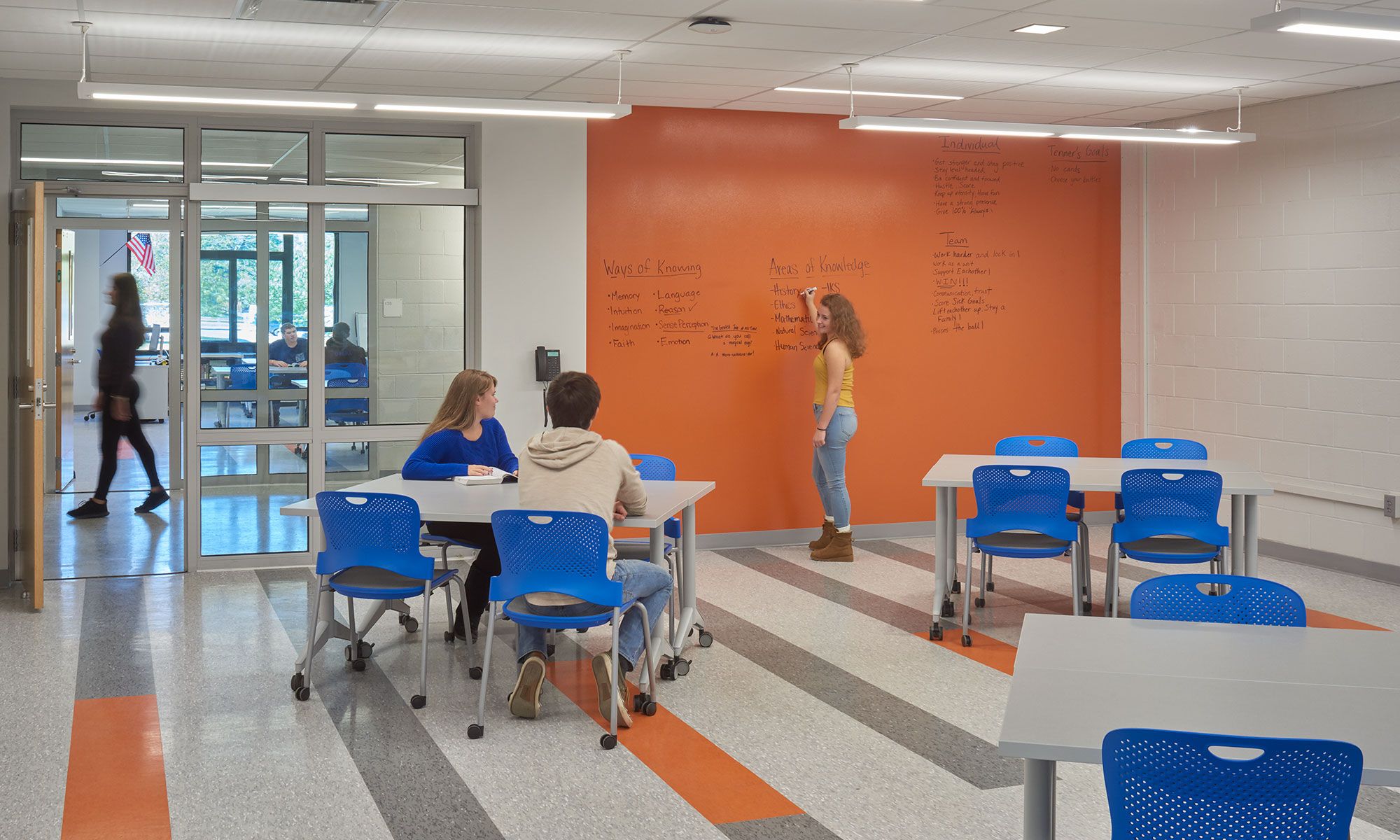
Over the past year, CSArch has worked with school districts to ensure the health and safety of students and faculty amidst the COVID-19 pandemic. The pandemic is evolving as more people get vaccinated and the country begins to return to a sense of normalcy. Another factor contributing to this recovery is the influx of funding from both the state and federal levels to provide much needed fiscal relief for schools to recover from the pandemic. The Coronavirus Response and Relief Supplemental Appropriations Act, or CRRSA, will provide nearly $4 billion as an emergency relief fund for New York State schools. In addition, nearly $9 billion has been allocated to New York State under the American Rescue Plan Act, or ARPA. How can school districts make the best use of these additional funds to improve their facilities?
As the country recovers and districts prepare for the return to in-person learning, I think it is a good time to reevaluate what I’ve learned as an engineer to provide guidance for critical facility improvements.
Q: The pandemic put a spotlight on decades of neglect and growing deficiencies of school HVAC systems. How should districts assess and maintain their HVAC systems to enhance the health and safety of students?
A: There are several strategies that facility teams can take with minimal funding and/or resource allocation. Assessing and maintaining existing HVAC systems should be your first priority. Making sure your HVAC system is reliable, effective and energy efficient cuts costs in the long run and creates a more comfortable and safer environment for student learning. Over the past year, CSArch has performed ventilation studies for school districts to assess the condition of their existing HVAC systems. Through these studies, we found that the majority of systems needed significant maintenance or, in some cases, were beyond their useful life and required replacement. For those HVAC systems that are in fair working condition, districts should look to improve the maintenance of existing HVAC systems. Where budgets are tight, regular maintenance helps to keep HVAC systems in peak operating condition. These systems are often neglected and lack a set plan to follow every year. Conducting regular maintenance will prevent breakdowns and help avoid costly, inconvenient, and unexpected repairs.
Retro-commissioning is a good option for districts looking to improve system efficiency. Retro-commissioning is a systematic process that investigates, tests, and verifies how to improve “less-than-optimal” HVAC system performance. This is a good process to undertake if your HVAC systems are in good working condition and can resolve problems that occurred throughout the building’s life as equipment has aged, or as building usage has changed. Retro-commissioning requires a commission agent which can be costly depending on the scope of the project. In most cases, retro-commissioning is a long-term solution, as it can be a lengthy process to access every system, analyze potential issues, suggest changes, then rectify them.
Q: School Districts are expected to be at full-capacity in the upcoming year. How can schools improve and maintain Indoor Air Quality at school with so many students?
A: Sufficiently purging indoor air is one of the easiest and lowest-cost strategies to implement. We have found that some districts often decrease ventilation rates to improve energy savings or maintain thermal comfort. While this can save energy, it does not improve indoor air quality. Even just cracking open a window or door helps increase outdoor airflow, which helps reduce the potential concentration of virus particles in the air. School districts must ensure HVAC settings are maximizing ventilation. Sometimes this step simply requires reverting back to original system design intent. We can also analyze how much additional ventilation air existing equipment can handle while maintaining thermal comfort.
Q: The average age of a school building is over 50 years old. Many systems, especially within older buildings, simply do not work and are beyond the point of maintenance repairs or retro-commissioning. What should districts do if their HVAC systems are in poor shape?
A: Districts should consider long-term strategies in this situation. The introduction of federal and state stimulus funding will make these strategies more of a reality than before. Rather than replacing the systems in kind with outdated technology, districts might have an opportunity to evaluate the benefit of replacing with newer systems that meet current codes and implement newer technologies.
Upgrading to a new HVAC system will have a positive impact on air distribution. We found that most classrooms are served by unit ventilators, which has been the “go-to” heating and ventilation system for over 80 years. The major drawback to these systems is poor air distribution because unit ventilators only have a single point of supply and a single point of return air back to the unit. The results are poor temperature control and uneven fresh air distribution, while making the units audibly loud. In most cases, we are replacing outdated ventilator units with a centralized, ducted system which increases the amount of supply and exhaust points in a room. This improvement in air distribution minimizes the risk of viral transmission and helps keeps students and faculty safe. In addition, we are currently evaluating simulation programs that model air distribution within given spaces to maximize the benefit of air distribution and minimize areas with low air movement.
Q: How can districts increase and improve the filtration efficiency of their systems?
A: During the pandemic, many districts purchased portable HEPA filtration units, which are a good temporary solution but create more noise (like a unit ventilator). Retrofitting existing air handling systems with MERV-13 filters is also an inexpensive and easy way to increase filtration. However, some systems do not have the fan power to overcome the additional pressure drop created by a finer filter. For the most part, this has been evaluated and implemented where the additional capacity is available. For some unit ventilators, MERV-13 filters can be added but can reduce air flow, ventilation, and thermal comfort. Lastly, MERV-13 filters, because they are catching more particulates, require more frequent replacement and are more expensive than typical filers. For new systems paired with a MERV-8 pre-filter, providing MERV-13 post-filters come with almost no drawbacks.
Q: What impact does relative humidity have on the fight against viruses in school buildings?
A: Research has shown that relative humidity levels between 40% and 60% are the best conditions to reduce virus transmission. Maintaining a maximum of 60% RH in the summer through dehumidification is primarily achieved by providing systems capable of active cooling (air conditioning). In the winter, maintaining a minimum of 40% RH though humidification is achieved by providing active humidifiers to an HVAC System. While it can be difficult to retrofit existing systems with these capabilities, it is relatively easy to provide them on new systems. In addition to the benefit of reducing virus transmission, these measures also add thermal comfort to the spaces they serve.
Q: Should our district explore and integrate some of the new emerging technology being introduced recently to combat the transmission of viruses?
A: There are many “new” technologies being implemented as a means of reducing the spread of infectious disease. Two very popular technologies include Ultraviolet (UVC) Irradiation and Bi-Polar Ionization. Currently, there is minimal research that has definitively proven these measures to be successful. There are several potential risks and drawbacks that should be evaluated by districts considering these technologies. The New York State Education Department has warned about the potentially harmful byproducts of bipolar ionization, such as ozone, and the use of UV light is not permitted in spaces that contain occupants due to the potential harm they may cause. Lastly, these technologies are expensive and should only be considered after all the previous measures have been taken.
